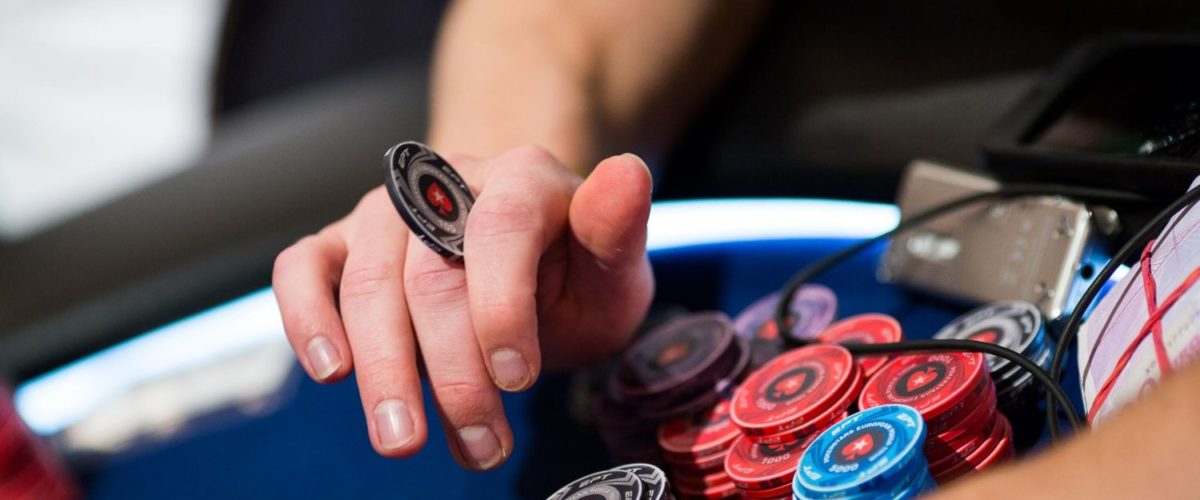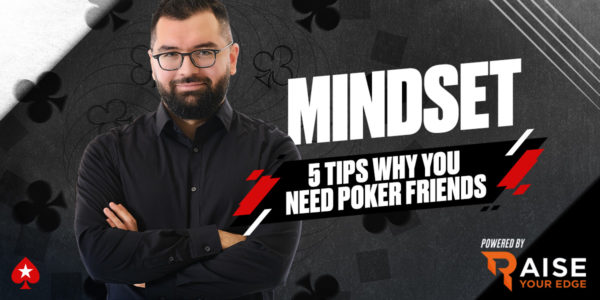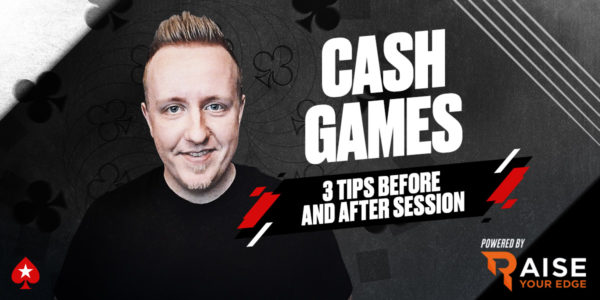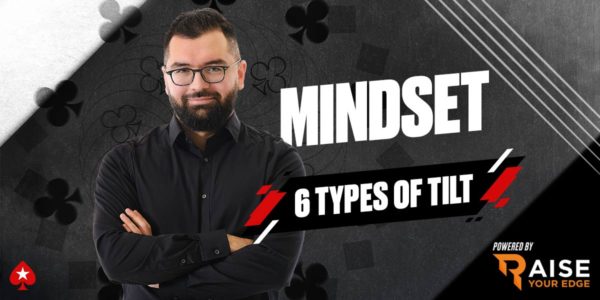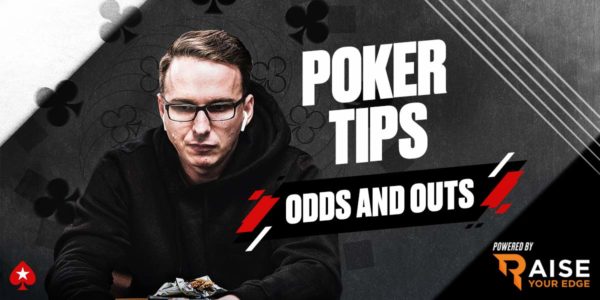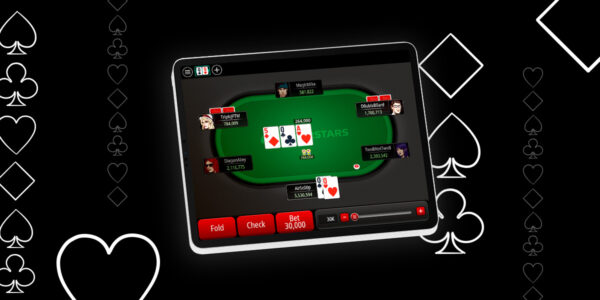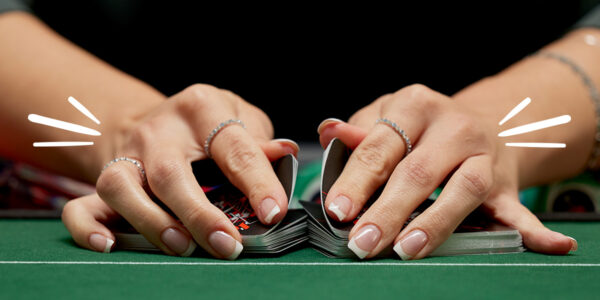Why Bluffing is Good For You
What separates the really tough aggressive players from the weak regulars is their ability to find bluffs that are good for their range. When it comes to bluffing, it is not always the case that running a big triple barrel bluff in a 3-bet pot nets you lots of money right there and then, but it does make you very difficult to play against. In finding some bluffs where more passive players would be very value-heavy, the toughest players force you to call down more when they have a value hand. They might make a 0 EV (break-even) bluff so that their AA wins more money in the future. Contrast this to the passive regular who only triple barrels with the nuts. You can save so much money against his Aces once you suspect that he is failing to pull the trigger.
Let’s look at an example.
Hand Example – To Triple or Not to Triple?
Here is a 100NL ZOOM hand I played on stream the other day. In this spot, I talked myself out of pulling the trigger in a very break-even bluffing spot. Let’s get into the analysis and see why it would have been strategically better to just embrace the variance and go for it.
I found myself in the SB with the clumsy K♣️Q♥️. One of the more solid regulars in the pool made it $2.50 UTG, I 3-Bet to $11.00 in the SB and Villain called. This is a low frequency play for me vs. the UTG player but should be around the same EV as folding if Villain has a normal defence range and 4-bet frequency.
The flop ($21.00) came J♥️J♦️9♠️ and I c-bet for $6.38. This board is largely a brick flop. This means that as the pre-flop 3-Bettor, my overpair advantage and equity advantage is mostly preserved. I can bet often in these situations because Villain’s range disadvantage causes him to fold more than he would if ranges were equal. This fold equity is useful for my actual hand, so I see no reason to check. Villain makes the call as he usually will.
The turn ($33.76) is the blank 4♣️. Theoretically, our hand should bet again at a high frequency. This is because it has a low pot-share when it checks and because we block hands like K♣️J♣️. When we hold two broadway cards, Villain’s range is skewed slightly more towards underpairs and away from trips. Folding out AK, AQ, ATs and 55-77 is now a fantastic result and so we should very often bet. In practice, I think this bet performs just as well against pool as it does in theory so I opt to bet $18.90. Villain calls again.
The river ($71.56) is the 2♥️. I have set up stacks now so that I would be shoving the sensible amount of $66.82 – just under pot. This is actually a weird spot. My opponent gets to the river with more K-high than A-high. The reason his range is structured in this way is that he has to call hands like KTs and KQs again on the turn with a reasonable frequency. These will be his main river bluffs if we shut down. When we have air, we want to bluff more when we do not block two of these straight draw cards and so AQ makes a much better bluff than KQ. Both hands will always lose by checking but AQ has the better blockers. We want him to have KQ!
The EV of shoving my hand is close to zero in theory, but could become positive if population is folding too much TT and 88 now.
In theory, TT should be calling the river jam around a third of the time and 88, most of the time if it has made it this far. 88 unblocks more of our bluffs than TT, so it makes a superior bluff catcher. QQ should be folding half of the time when he has it because it blocks a lot of our bluffs – almost every hand we can be bluffing with here contains a Queen.
I think pool will end up calling a lot with QQ, because they tend to just see their hand strength rather than their blockers. For this reason, I’m actually quite happy holding KQ here and bluffing. I unblock TT and 88, which probably get folded most of the time and I block some trips and QQ. Bluffing will not win me much money here, if anything. It will be close to break even based on my analysis of the spot.
In game I checked. I wasn’t feeling in a very gambly mood, but this is a mindset leak. The reason I should pull the trigger is a more long-term one.
Doing your Value Hands a Favour
Shoving the KQ even though it’s break even is a great idea because if I can find these bluffs at a healthy frequency in the long run, then pool will have no choice but to think twice about folding good hands against me. This increases the EV of my value hands. Essentially, I have two strategic choices.
- Turn down these 0EV high variance bluffs and become someone who underbluffs. My value hands will lose money and since I’m not bluffing much, I won’t get to reap the rewards of people folding more.
- Make these break even bluffs so that my value hands start to earn much more money and so that if someone does fold very often vs. me, I get to punish them.
It’s a no brainer! Rejecting a bluff because it’s not super-profitable can be a strategic mistake. Tough players will eventually stop paying off your value hands.
If you think bluffing is very marginal, then try to at least sometimes pull the trigger. Your win-rate will thank you when they stop folding most of their range against your Aces!
Condimentum Nibh
Donec sed odio dui. Cras mattis consectetur purus sit amet fermentum. Vestibulum id ligula porta felis euismod semper. Curabitur blandit tempus porttitor.

